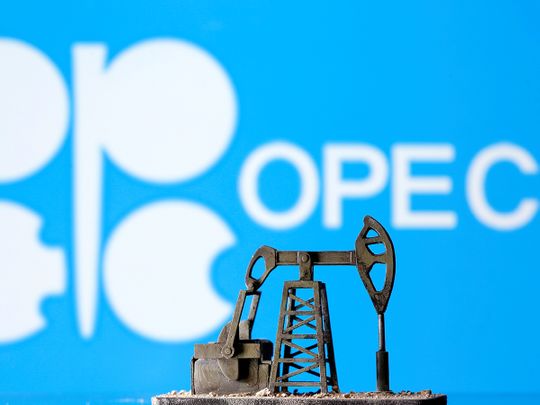
US President Joe Biden’s trip to Saudi Arabia, his meetings with GCC leaders, and efforts to increase oil production are why everyone is anticipating the next meeting of OPEC+, scheduled for early August, to be quite a lively one. Other factors include the members’ growing competition for Asian markets, particularly between Russia and Iran, and the worsening energy crisis the EU is suffering from.
Overcoming these challenges will be a critical step towards ensuring continuance of the OPEC+ agreement on monthly increases in oil output, which has so far kept prices at over $100 per barrel. However, some vested interests seek to divide OPEC+ policy coherence by either pressuring some members to boost production beyond the agreed pace, or by removing export barriers for some nations, particularly to Asia, while keeping them for others to create tensions within the grouping.
Keep that balance at any cost
Since the period of pressure is now over and OPEC + countries, particularly the GCC, seek to protect their interests by diversifying international economic relations, including with regard to the oil industry, there are indications the next meeting will take collective decisions aimed at protecting the gains for member by adhering to the production ceiling. The group looks likely to maintain the agreed-upon monthly production rise - or raise it slightly - so as not to disturb the markets’ levels of supply and demand.
These indications include the agreement of Saudi Arabia and Russia to preserve the unity and solidarity of OPEC+ while maintaining the stability of the world’s oil market and energy supplies during a phone call between the Russian President and the Saudi Crown Prince. Additionally, no Gulf nation has pledged to boost oil output in response to the US President’s trip to the region. Any move to boost oil output must be approved by the organization as a whole.
Apart from Saudi Arabia and the UAE, which can boost production at certain levels, not many other OPEC+ nations have significant excess production capability to expand their output. As a result, if it is chosen to raise output at high rates, this would take a considerable amount of time and investments with unguaranteed returns as any increase may lead to lower oil prices.
Stoke tensions within OPEC+
Because there is no excess in global oil markets, it appears that the hopes that consuming nations attach to the likelihood of disparities among producing countries as a result of their competition for Asian markets have not been realized. Demand is still high, so what will actually happen is a geographical redistribution of exports by the oil-producing nations. As a result, some of the Russian oil previously exported to Europe will end up in Asian nations, particularly China and India, while Europe will increase its imports of Middle Eastern and Arab Gulf countries to make up for the shortfall brought on by the boycott of Russian oil.
According to Bloomberg, Saudi Arabia and Iraq are working “to transfer some of their oil to Europe, which will maintain the balance of oil markets on the one hand and the unity of the OPEC + group on the other.”
While European nations will pay the same prices for their purchases of Gulf and Middle Eastern oil as they did for their purchase of Russian oil, Asia’s importing countries will benefit the most from the limited geographic redistribution because they will receive significant discounts on their purchases of Russian and Iranian oil. Due to this, the EU announced last weekend that it will let Russian corporations to sell oil to other nations through their territories to save on the price of shipping oil to member states of the EU.
This emphasizes how crucial it is to maintain the OPEC + bloc, which represents and defends the interests of its members and significantly boosts the stability of oil markets and pricing. This is what is expected to be confirmed by the group meeting next week.








